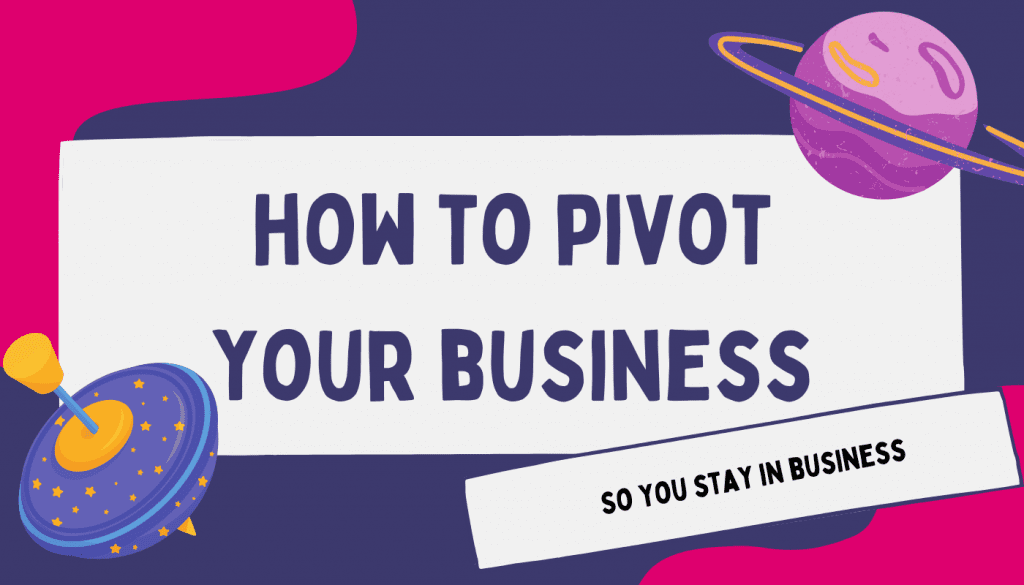
As we keep plunging deeper into a global recession, it can be tempting to panic and dither with decisions, but…

As we keep plunging deeper into a global recession, it can be tempting to panic and dither with decisions, but…

The pandemic may have forced hundreds of businesses to convert from co-located teams to 100% virtual teams in a matter…

Are you saying yes to every piece of business coming your way? Do you hear yourself saying ‘I wish I’d…

Webinar marketing is all about hosting online workshops to build a relationship with attendees and to promote and increase credibility…

As most working professionals spend a third of their time at work, it’s been a massive adjustment for the millions…
In an environment where trust in business is too often lacking, family businesses have the opportunity to stand out and…
Whether it is staggering start and finish times to reduced prolonged contact time, introducing short term working due to reduced…
For many of us, Covid has caused a wave of work or we’re experiencing challenges with everyone working remotely and…
The global pandemic has hit everyone hard, the knock-on effects of which will be ongoing for the years to come….
How many times are you distracted during an average workday? Once, five times, ten times? Now, multiple this by 25….